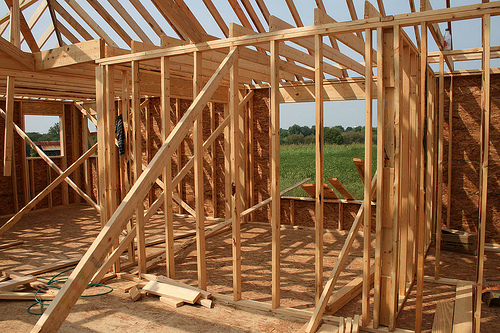A Savills report called ‘On track to solving the housing crisis?’ has found that new homes volumes have rapidly increased by almost 50% from three years ago but in London and South East there has been an annual shortfall of 104,000 homes.

People are struggling to buy homes in London and the South East despite the UK being on track to deliver the government’s target of one million new homes by 2020.
A Savills report called ‘On track to solving the housing crisis?’ has found that new homes volumes have rapidly increased by almost 50% from three years ago but in London and South East there has been an annual shortfall of 104,000 homes.
The report concluded that for new homes to be considered affordable in the South East they should cost less than £250,000, which it said would allow 40% to afford to buy a property.
Chris Buckle, director, Savills residential research, said: “Policymakers must take this shortfall in the south east of England seriously if we are to finish the job of solving the housing crisis.
“Many more new homes are needed at price points that are affordable to the many, and across a range of tenures, if affordability pressures are to be eased.”
The report went on to say increased land release in areas of high housing demand would reduce competition for development sites, leading to lower land values and enable new homes to be sold more cheaply.
However if there was more land on the market landowners would need to realign expectations on the value of land.
The report concluded that Help to Buy has boosted the number of homes being built, and will support around 20% of the 190,000 new homes expected to be built in 2016/17, compared with 34,000 in 2015/16 and 28,000 in 2014/15.
It identified high delivery sites in areas of high demand as Andover (Picket Twenty), Aylesbury (Berryfields) and Bedfordshire (King’s Reach in Biggleswade), where homes are priced at a discount of up to 15% compared to the local market on an average price per square foot basis.
Buckle added: “To build on this momentum, policy needs to go further, and our report contains some uncomfortable truths,” says Buckle.
“Help to Buy may have helped boost housing delivery and given aspiring home owners a welcome leg up onto the market, but something more fundamental needs to be done to ensure we deliver more homes quickly, and at prices that more people can afford, whether to buy or to rent.
“Policymakers need to recognise that high volume delivery of lower priced housing will limit the capacity of developers to fund infrastructure and affordable housing in the way they currently do, via section 106 and CIL payments, so other sources of funding for infrastructure and affordable housing will be essential.”



